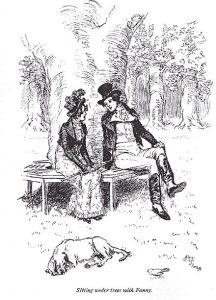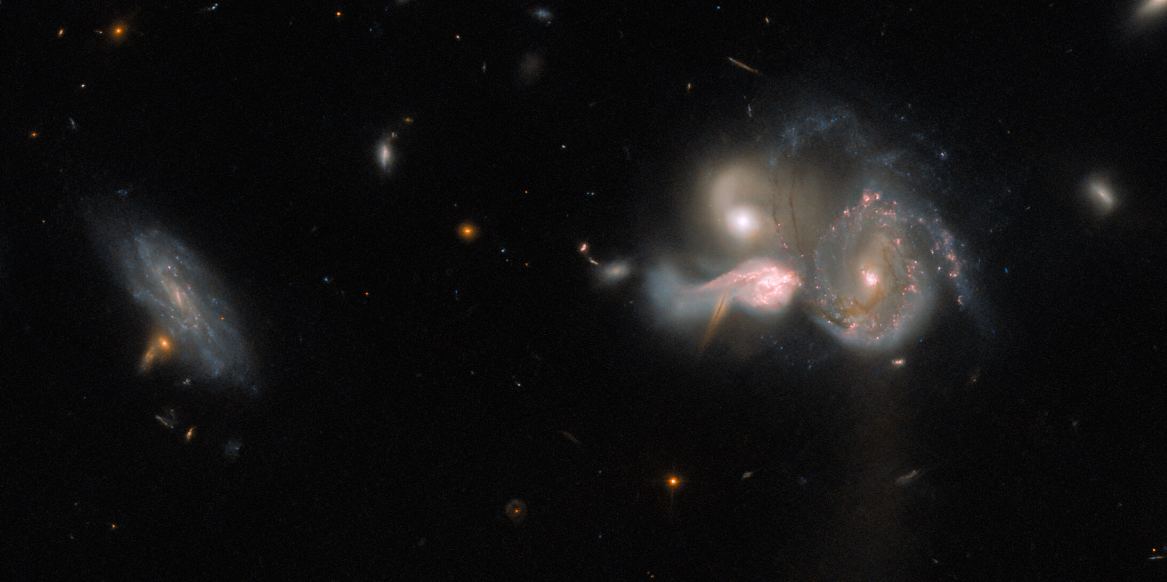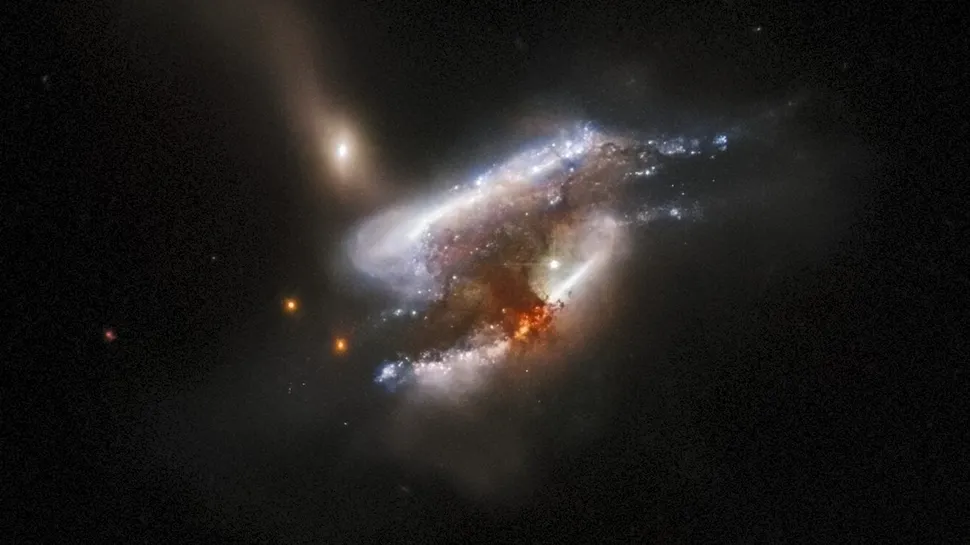I’m working on fairy tale retellings right now, and preparing for Pesach (Passover) and getting ready for Eastercon (the UK’s national science fiction convention which is hybrid, is called Conversation this year and has a spectacular programme) and so time to do things is rare and fleeting. Fortunately, I have insomnia tonight, so spent two hours in bed, thinking. I got out of bed because I remembered I needed to write something for all of you, here. Insomnia doesn’t lead to great amounts of intellectual capacity, so it was very lucky I remembered a little story I wrote many years ago. It explains why I have insomnia… and is a fairy tale retelling about Passover. I’ve given you a link to the original, just because.
If I can fit everything together neatly through something I wrote so very long ago … maybe I will be able to sleep? Also, my cleaning this year is less impossible this year because when my refrigerator died, it took a lot of the food I needed to finish with it. Such unexpected synchronicity.
Before I give you the story, let me share a link to that fabulous Eastercon programme. Only a few of the panels won’t be available virtually. https://guide.conversation2023.org.uk/ The timezone is (because I’m the kind of person who loves stating the obvious)_ UTC/GMT+1. Normally it would be UTC/GMT 0 (zero, nothing at all) but the UK is in daylight savings time, unlike me. I’m heading towards winter and we’ve lost summer time. I’m on panels and giving a reading, so, if you join us at Conversation, join me in conversation! (And that’s my bad joke of the day. Now everyone around me safe from my attempts at wit for hours.)
In the meantime, I might copy my character and sleep.
If Sleeping Beauty were Jewish
Sleeping Beauty was Jewish in a non-Jewish world. It was just over a week before Pesach (1). She had a thousand and one deadlines from the world outside, partly because April is a busy time of the year in the non-Jewish world and partly because if she didn’t clear the decks (2) then crucial things would fall into the mire while she commemorated Exodus (3).
She was tired of being exotic. Tired of being Jewish. Tired of being busy. Let me admit it, she was just plain tired.
Sleeping Beauty took another long look at the cupboard (4) and said “I’m going to take a nap.”
She was woken up a week before Pesach by a pretty standard handsome prince. Things were looking good. For one thing, there was the prince. For another, after a hundred years the food in her pantry was unbelievably past its use-by date. She simply threw everything away to start again. The easiest Pesach cleaning (5) she had ever done in her life. For a third thing, there was the prince.
There were no deadlines. They had all gone, long ago. So had her opportunities. So had her friends. But her prince was a nice chap. She could deal.
That next week she discovered what her new life would be like. She had hastily married her prince, which was fine. What was less good was that he didn’t even know what ‘Jewish’ meant and how her background shaped her life. She was beginning to discover the effect of cultural change on everyday life in other ways, too. For instance, she had her own castle still, but none of the servants quite understood her instructions. What was oddest of all was that the people around her kept telling her, ‘No-one hates Jews any more. Stop complaining.’ Yet she still couldn’t go to synagogue without security guards three thick.
The princess thought “At least my guard is because royalty needs security in this odd future of mine. It’s not because anyone threatens Jews with violence anymore. I know this because there was nothing about violence against Jews in the newspapers. That’s another good thing: I’ve slept through racism and it’s gone.”
She arrived at shul (6) and discovered they wouldn’t let her in unless they knew her. There were security guards 5 thick and barbed wire to boot.
“The schoolground was fire-bombed yesterday,” explained one of them, apologetically.
“No-one told me. It wasn’t in the news.”
“It happened to the Jewish community. Why should it reach the news? It wasn’t terrorism, after all. It wasn’t even important,” said that non-Jewish guard.
The princess had a very private morning service, just herself and her prayer-book, in the tower she had hidden in a hundred years ago. Then she went right back to sleep again.
(1) Passover. Not to be confused with Easter with which it sometimes coincides. It’s the time of great family feasts, much alcohol (for 1 or 2 nights) and becoming very bored with eating unleavened bread. There are no Easter eggs, no Easter bunny and there is absolutely no Good Friday.
(2) Enough cleaning to generate great angst in even the tidiest neatest human being on the planet. One part of it is to get rid of any chametz (food not suitable for Passover).
(3) Moses and his Merry Men (and Women). Or the second book of the Bible, which contains the story of Moses. Or both. Take your pick.
(4) Or the pantry. Anywhere where food is kept. They all have to be emptied and cleaned for Passover and it’s one of things that sounds simple, but necessitates many long looks and much tearing of hair. This process is the single biggest argument for never becoming Jewish.
(5) Pesach cleaning – ritual cleaning for Passover. See (4).
(6) Shul is another word for synagogue, the place of prayer for Judaism. After all that cleaning, one needs a prayer or two, though maybe not the three hours that’s traditional in Orthodox Judaism on first day Passover.


 Originally published in 2016
Originally published in 2016

